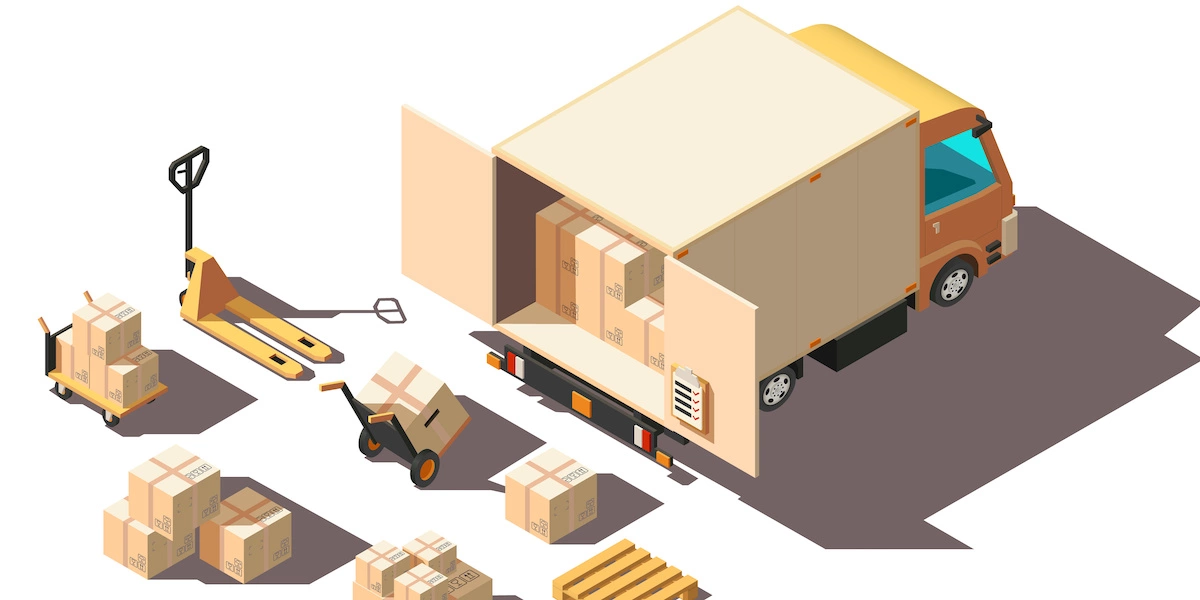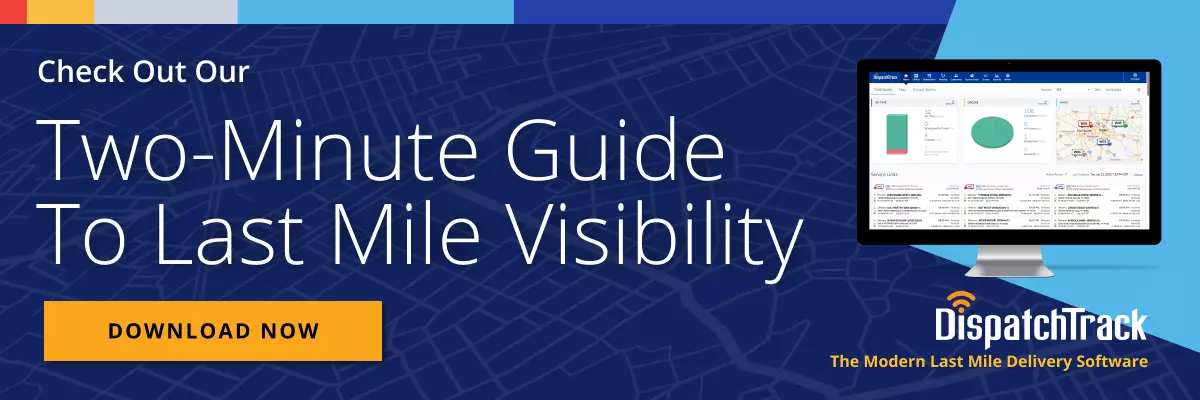There are always predictions on what the next year will look like. Some predictions become a reality while others don’t. Major events also happen that never made it to the list of predictions.

Take the COVID-19 pandemic as an example. It became a game-changer for everyone and also changed supply chains all over the world. For one thing, the pandemic spiked up the demand for online shopping. According to one report, e-commerce has accelerated by four to six years because of the pandemic. E-commerce had been growing quickly in recent years but it was the pandemic that forced many businesses to accelerate their digital transformation.
At the same time, many businesses are also now implementing a distributed or hybrid workforce mode to ensure employees’ safety. Companies now have to combine work from the office and work from home teams, which is difficult for enterprises that rely on on-site enterprise systems.
Supply Chain Challenges and How to Address Them
Indeed, the COVID-19 pandemic brought more pressure to businesses that were already facing supply chain challenges even before the pandemic happened.
At the same time, there had been a major shift in consumer behavior even before COVID-19 occurred, with technology as the driving force behind major consumer behavior changes.
For example, there’s the Amazon effect, which has caused shoppers to expect better, more transparent, and more reliable delivery services. Consumers are no longer content with static tracking numbers or three-to-five day standard shipping options—now, they’re demanding rapid delivery turnarounds and the ability to track packages on their own. Unfortunately, many businesses are in danger of being left behind by competitors if they are unable to make investments in technological tools needed to offer better, more personalized delivery services.
It should come as little surprise that the above-mentioned consumer behavior trends—along with the lingering effects of the COVID-19 pandemic—are putting more pressure on businesses than ever before. Fortunately, there are strategies that they can employ to overcome these new supply chain challenges.
Automation
Let’s not beat around the bush, last mile delivery operations need to automate their workflows wherever they’re able. Why? Because sticking to conventional manual methods means more errors, greater inefficiencies, and higher operating costs.
For instance, in the last mile, you might be able to partially automate:
- Routing and dispatching
- Customer communications
- Carrier/driver tracking
- Client invoicing and driver settlements
And that’s just a few examples. In this way, investing in technological solutions can help streamline employees’ daily tasks, enabling them to focus on higher-value assignments. Automation will also improve transit, cost, and overall effectiveness of the entire supply chain network.
Visibility
To really stay ahead of supply chain challenges, you also need to ensure that everyone has visibility on the order fulfillment processes. This doesn’t just mean collecting data from out in the field—it means creating real-time data flows on every aspect of delivery management that can be accessed from a single solution or dashboard. This is the only way to prevent the many supply chain disruptions that can crop up on the day of delivery, e.g. failed deliveries due to the customer not being at home, etc. Full visibility should not be limited to employees and rather must include vendors and customers. Extending supply chain communications to customers also satisfies shoppers’ demand to know where their packages are.
Data Collection
Like we said above: the way that you present your supply chain data matters. At the same time, it is important to know what to capture. Businesses need to collect information about each shipment as well as record all related details. These are some of the essential data enterprises must capture.
- Scheduled and actual pick-up and delivery date
- Weight
- Pallet count
- Carrier/driver assigned
- Break down of cost
- Special/unforeseen circumstances (exceptions)
- Destination and origin zip cost
- Delivery lead time
Aside from capturing essential data, businesses must also gather information digitally. After all, manual gathering and record-keeping are prone to error and data losses. Likewise, companies must ensure that the data is placed safely in a system that’s easily accessible to users so they can make data-driven decisions.
Third Party Logistics
Many companies are outsourcing their supply chain activities to third-party logistics (3PL) providers as a way to focus on their core competencies instead of building a logistics team. Choosing to have an in-house team to handle logistics processes, after all, requires heavy investments in technology and having a solid network and knowledge of the industry. If you’re considering partnering with a logistics provider as a means of avoiding common supply chain challenges, it’s crucial to make sure you’re choosing the right provider.
Software-as-a-Service
Software-as-a-service (i.e. cloud technology) helps companies improve supply chain processes and lower operating costs. This helps businesses deal with the supply chain volatility that’s become increasingly prevalent in recent years without struggling to scale up their routing, supply chain planning, etc.
Not only that, but cloud technology makes it much easier to achieve supply chain integration. Integrating cloud-based systems with the manufacturers, suppliers, vendors, and 3PLs’ systems provides granular visibility and better operational control, so businesses can optimize cost, service, and efficiency. The result is that every touchpoint on the supply chain becomes easier to manage simply by virtue of being more transparent.
A cloud-based transportation management system or delivery management system is the best choice for businesses regardless of their size. A cloud-based TMS enables companies to transform their supply chain processes from siloized cost centers to a potential source of competitive edge.
A supply chain and logistics control tower built on an agile cloud-based platform provides businesses with full visibility on their end-to-end supply chain processes. A cloud-based solution also enables companies to implement a distributed hybrid workforce model as employees will have access to the system without having to go to their workplace.
The past few years have presented challenges for all, and 2023 is likely to offer more of the same. Thus, companies should move quickly to address the supply chain challenges and improve their chances of achieving their goals for 2023.

